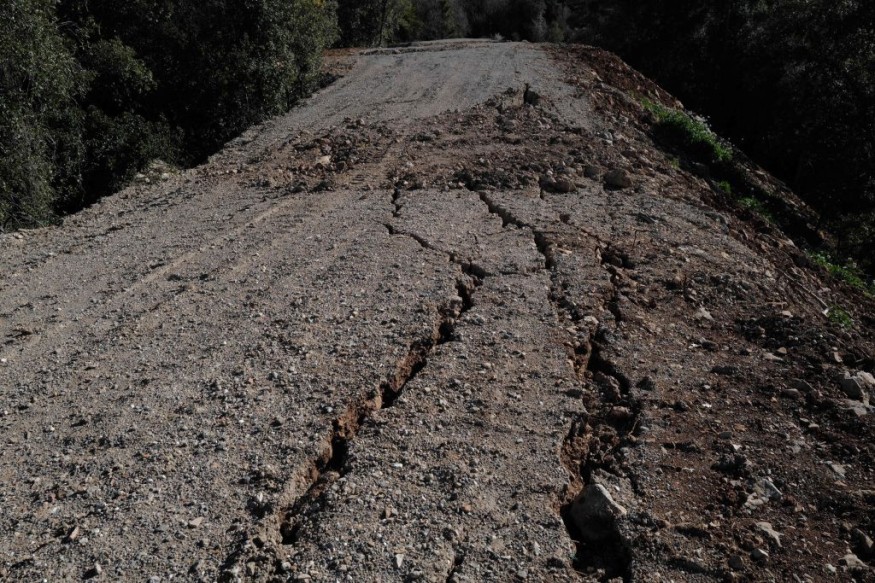The occurrence of earthquakes in the Balkan Peninsula is "relatively" rare.
However, tremors in the region can range from moderate to severe.
Tremors were felt in North Macedonia and multiple Balkan countries after the 5.7-magnitude earthquake on Friday, April 22, in Bosnia and Herzegovina, which resulted in multiple casualties and property damage.
Relief operations and emergency aid are underway.
Rare but Powerful Earthquake

Tremors were recorded in North Macedonia on the morning of Monday, April 25, three days after Sarajevo's quake, which can be considered a rare yet powerful one.
The earthquake's depth is 5 kilometers and 14 kilometers northeast of Ljubinje in Bosnia and Herzegovina.
The Skopje-based Seismological Observatory at the Faculty of Mathematics and Natural Sciences announced that a new earthquake in the form of a 2.8 magnitude tremor on the Richter scale was recorded in North Macedonia at 6:36 a.m. CEST (local time) on Monday, as per Albanian Daily News.
Last Friday, a powerful earthquake occurred near the city of Mostar in southern Bosnia and Herzegovina, which damaged multiple properties in the city and its surrounding towns, according to the European-Mediterranean Seismological Centre, as cited by Business Insurance.
The quake killed one person and injured several others.
Immediate tremors from last week's earthquake were also felt in several areas across the Balkan Peninsula, such as in Belgrade, Serbia; Zagreb, Croatia; and Skopje, North Macedonia.
There were no immediate details provided as to whether the tremors also caused casualties and infrastructural damage in the other Balkan countries.
However, the occurrence of fatal or disruptive earthquakes and aftershocks is still possible in the Balkan Peninsula in the coming days.
Relief Operations
Due to the devastating earthquake in Bosnia, Hungary has sent relief assistance and humanitarian aid to the Balkan country.
On Monday, Hungary's Prime Minister's Office announced that the governmental framework initiative Hungary Helps Programme and the NGO Hungarian Interchurch Aid have sent a combined 4 million forints (EUR 10,700) worth of supplies, according to The Budapest Times.
The supplies will serve to supplement the recovery of families in the earthquake-hit areas, notably around the town of Ljubinje, located southeast of Bosnia and Herzegovina, as well as in Mostar, the Hungarian government added.
The Balkan Peninsula
The Balkans, or commonly known as the countries in the Balkan region in southeastern Europe, are also prone to earthquakes and seismic activities.
In addition to the mentioned countries, the Balkan Peninsula also comprises of the following countries: Albania, Bulgaria, Kosovo, Montenegro, Romania, and Slovenia.
Since the 18th century, there have been 17 reported earthquakes with magnitudes more than 6.0 in the Balkans.
These earthquakes were followed by aftershocks in the following days, as per The Conversation.
The Richter scale was coined by the American seismologist Charles Francis Richter in his paper in 1935.
It is also known as the local magnitude (M) scale, which measures the intensity and magnitude of an earthquake through numeric designations.
The magnitude refers to the size of the earthquake from its source and it is the most common measurement of a quake's scope.
In addition, the intensity is based on the damage and shaking caused by the tremor.
The values would also depend depending on the region and depth of the earthquake.
Related Article: Albania Earthquake Dead Toll Hits 40
© 2025 NatureWorldNews.com All rights reserved. Do not reproduce without permission.





